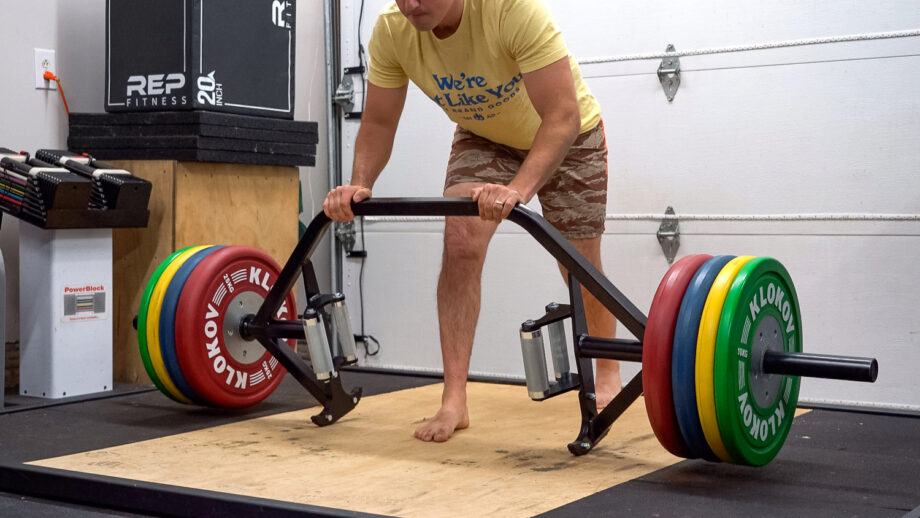No Reviews Found
Be the first to review this product!

| Made In USA | Yes |
|---|---|
| Bar Weight | 25KG |
| Bar Length | 84″ |
| Loadable Sleeve Length | 16.5″ |
If you have the money, this is the best trap bar you can get. It is pricey at around $700, but it lives up to the hype with angled legs, swappable grips, and more.